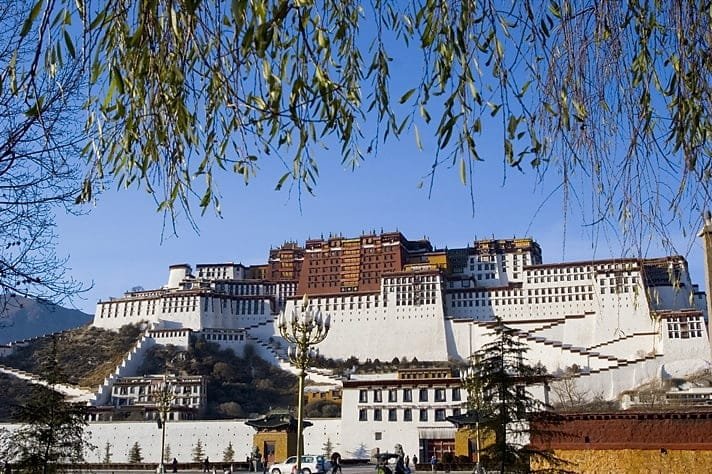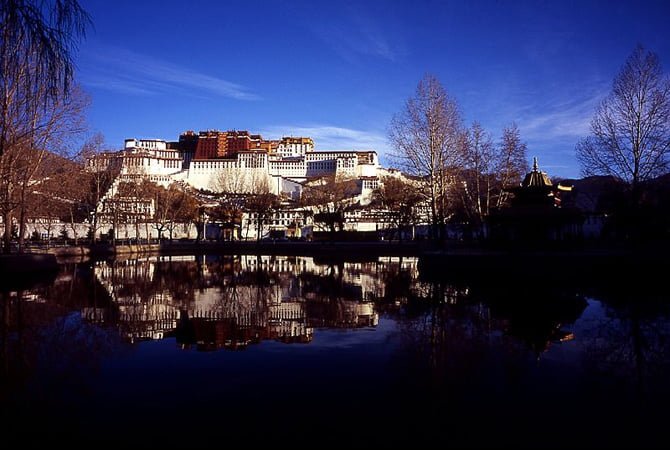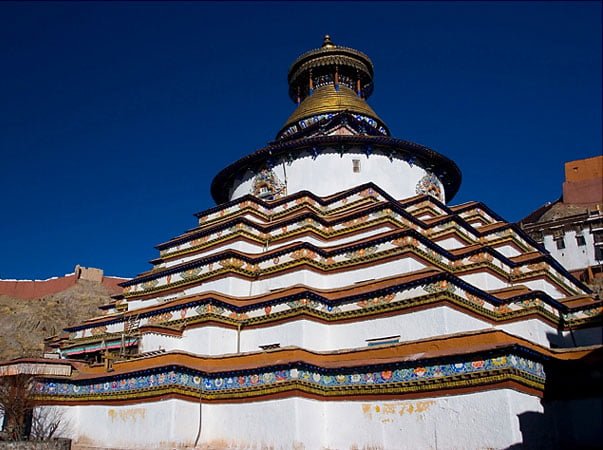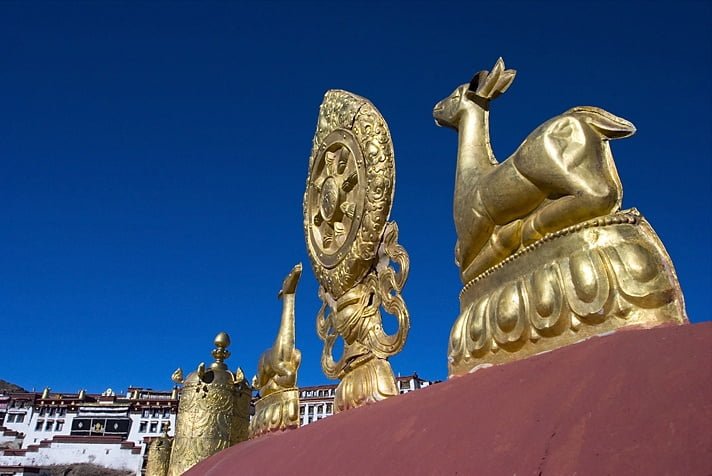Potala Palace

The Potala Palace, standing majestically on Marpo Ri Hill in Lhasa, Tibet, is one of the most iconic and breathtaking structures in the world. This architectural masterpiece not only serves as a symbol of Tibetan culture and spirituality but also stands as a testament to the region’s rich history and deep-rooted traditions. Declared a UNESCO World Heritage site in 1994, the Potala Palace attracts thousands of visitors and pilgrims each year, all eager to experience its grandeur and spiritual significance.
Historical Significance
The Potala Palace was originally constructed in the 7th century by King Songtsen Gampo, but it underwent significant expansion during the 17th century under the rule of the Fifth Dalai Lama. The palace served as the winter residence of the Dalai Lamas for centuries, acting as the political and religious hub of Tibetan Buddhism. It was from this sacred site that the Dalai Lamas governed Tibet and conducted their spiritual duties.
Cultural and Spiritual Importance
For Tibetans, the Potala Palace is more than just a historical monument; it is a sacred site imbued with deep spiritual significance. Pilgrims from across Tibet and beyond journey to the palace to pay their respects and seek blessings. The Jokhang Temple and Norbulingka, which together with the Potala Palace form the historic ensemble of Lhasa, add to the spiritual landscape of the city. Inside the palace, visitors can witness an array of priceless artifacts, including thangkas (Buddhist paintings), ancient scriptures, and a multitude of statues representing various deities. These artifacts are not only artistic masterpieces but also bearers of the religious and cultural heritage of Tibet.
Architectural Marvel
The Potala Palace is an awe-inspiring example of traditional Tibetan architecture. Perched at an altitude of 3,700 meters (12,100 feet), it towers 13 stories high and spans over 400 meters along Marpo Ri Hill. The palace complex comprises two main sections: the White Palace (Potrang Karpo) and the Red Palace (Potrang Marpo).
White Palace (Potrang Karpo):
- The White Palace served as the administrative quarters of the Dalai Lamas. It houses living quarters, offices, a seminary, and a printing house. The grand courtyards and vast halls within the White Palace highlight the opulence and historical significance of Tibetan governance.
Red Palace (Potrang Marpo):
- The Red Palace is dedicated to religious study and Buddhist prayer. It contains several chapels, shrines, and stupas that hold the remains of previous Dalai Lamas. The intricate murals, vibrant frescoes, and sacred relics within the Red Palace offer a deep insight into Tibetan Buddhism and its profound spiritual practices.
The Potala Palace is a remarkable blend of history, culture, and spirituality. Its towering presence and rich heritage make it a must-visit destination for anyone traveling to Tibet. By respecting the local traditions and understanding the historical significance of this architectural marvel, visitors can truly appreciate the profound impact the Potala Palace has had on Tibetan culture and spirituality.
Ask a question!
Please feel free to let us know if you have any questions about planning a tour to Tibet. We’ll be happy to help!


















